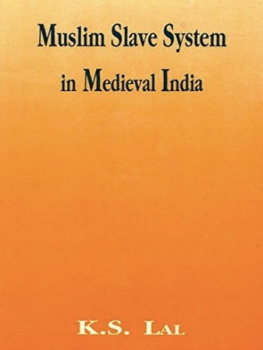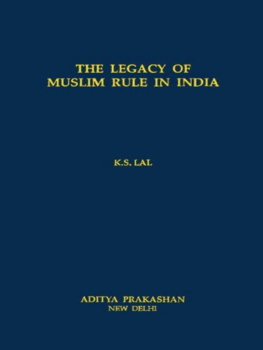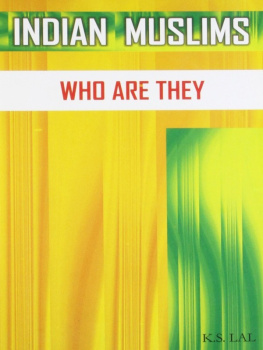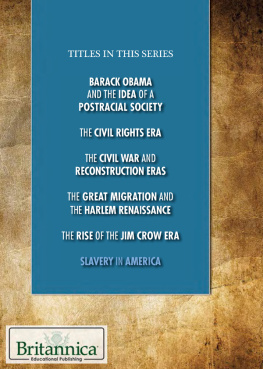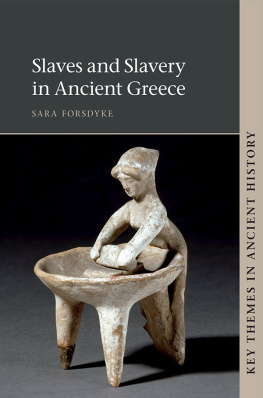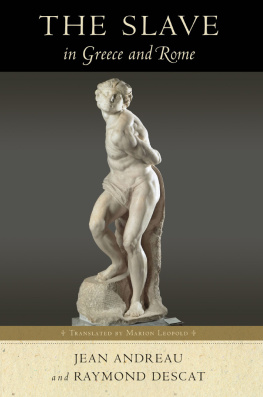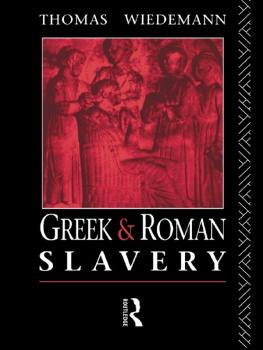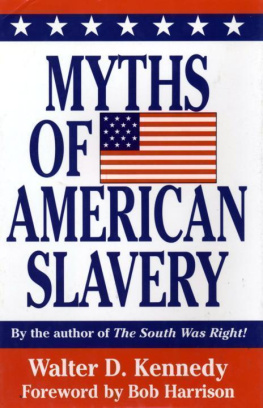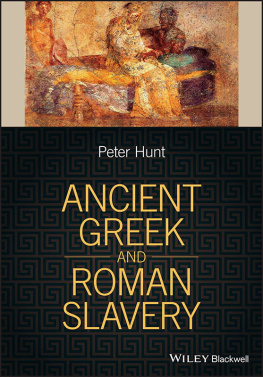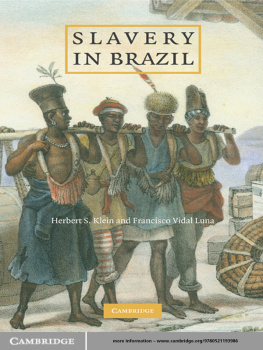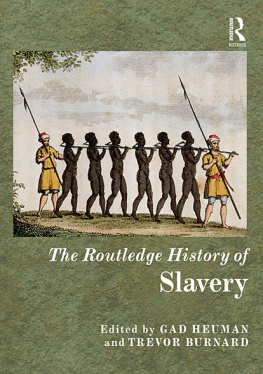PREFACE
PREFACE
In my book The Legacy of Muslim Rule in India, I had said that It is not, pertinent here to make a detailed study of the Muslim slave system which was an institution as peculiar as it was unique. A detailed study of the Muslim slave system in medieval India is being made here. In The Legacy I had also said that the best way to understand the content and spirit of Muslim rule in India is by going through Muslim scriptures (as) all medieval chroniclers were scholars of Muslim law. In their writings they often quote from their holy books to vindicate the actions of their conquerors and kings. Hence Muslim scriptural sources are referred to quite often in the present work which is a study both in the theory and practice of Islamic slavery
BA-57A Ashok Vihar
Delhi - 110 052
K.S.LAL
10 January 1994
INTRODUCTION
CHAPTER I
INTRODUCTION
Slavery is the system by which certain persons are kept as the property of others - a system of great antiquity and wide prevalence. Slavery originated during the age of savagery and continued into ancient civilizations. As Nieboer has said, the taming of animals naturally leads to taming of men. it is supposed that the nomadic herdsman who domesticated animals also began to domesticate, to enslave, men. Slavery was there in Babylon and elsewhere in Mesopotamia; it was widely prevalent in ancient Egypt, Greece and Rome, centuries before the coming of Christ. Slaves were mainly prisoners of war, but destitutes, debtors and convicted criminals were also sometimes drafted into slavery and commandeered for specific assignments. The history of ancient civilizations in various countries is divided into dynasties, periods and kingdoms. We need not go into details of these; for our limited purpose we shall only attempt a general survey of the state of slavery in ancient Egypt, Greece, Rome etc. till the advent of Islam when slavery became inalienable with religion and culture and was accorded a permanent place in society.
In ancient Egypt, as elsewhere, slaves supplied the labour force and were used in any capacity and for any type of work. An almost fabulous number of slaves were employed for the building the Pyramids of Egypt dating from 3000 B.C. to 2300 B.C. According to Herodotus, the Great Pyramid (of Cheops) took 100,000 men for ten years to make a causeway 3000 feet long in order to facilitate the transport of stone from the quarries, and the same number of men for twenty years more to complete the pyramid itself. Modern research considers these figures to be exaggerated as Herodotus inquired from people during his journeys and depended on hearsay. What is important in this regard is that the nine pyramids existing at present, are supposed to have been built by respective kings as tombs and memorials of themselves by a very substantial labour force. Slaves in Egypt were also employed on various other jobs.
Among the Greeks also slavery was a rooted institution. In two city states or poleis (singular polis means a city plus its environment) of Athens and Sparta slavery prevailed as also in other lesser known city states. Ancient Greek society was divided into three classes. The free-borncomprised the citizens. They enjoyed all kinds of privileges and took part in politics. The second class of perioeci consisted of foreigners. They possessed no political rights, but they were better off as compared to slaves because sometimes they handled economic affairs and enrolled in the infantry. The third category of helots comprised of slaves. In Greece the bulk of the peasants did not own their own land and had to supply a considerable portion of their crop to the landlords. They fell into debt and ultimately had no security to offer but their own persons. They were then sold into slavery. It is said about Athens that at one point of time there were 460,000 slaves and 2,100 citizens. Consequently, each master had a number of male and female slaves. The men worked in mines and on cultivation while women slaves worked as maids in homes. They were required to do all those works which provided leisure to the masters. Earlier among the Hebrews and later among the Greeks the slaves were treated with mildness, but not in every city state. They were the property of the state; they possessed certain elementary rights, and could not be put to death save by the authority of the state. However, the larger number of slaves in Greece left the privileged classes enough time to give to politics and development of political philosophy for which ancient Greece has become famous.
In Rome also slavery was extensively prevalent. There the great landed estates were accumulated in a few hands and the cultivation of these lands was done mostly by swarms of slaves leaving war as the chief occupation of honour for the elitist citizens. Roman slaves were either captives or debtors who were unable to repay. There were purchased slaves also. In Rome the slaves had no rights at all; they could be put to death for the smallest misdemeanor. The slaves were so numerous that, in the time of Augustus, a single person is said to have left at his death over 4000 slaves. Besides cultivation the slaves were engaged in all the various professions, handicrafts and occupations. Supervision of the large number of slaves employed on cultivation was not easy. Consequently, they were chained with iron shackles. The iron rings on their wrists and ankles were not removed even when they went to sleep.
Hosts of slaves were employed in the sport of gladiatorial exhibitions. Gladiators were combatants who were obliged to fight wild animals or each other, often to the death, for the entertainment of the spectators. Some slaves were trained as regular gladiators. In the public exhibition, if a vanquished gladiator was not killed in the combat, his fate was decided by the spectators. If they wished his death for showing weakness or disinterestedness in the fighting, they held up their thumbs; the opposite motion was to save him. It was a cruel enjoyment at the cost of the helpless slaves.

